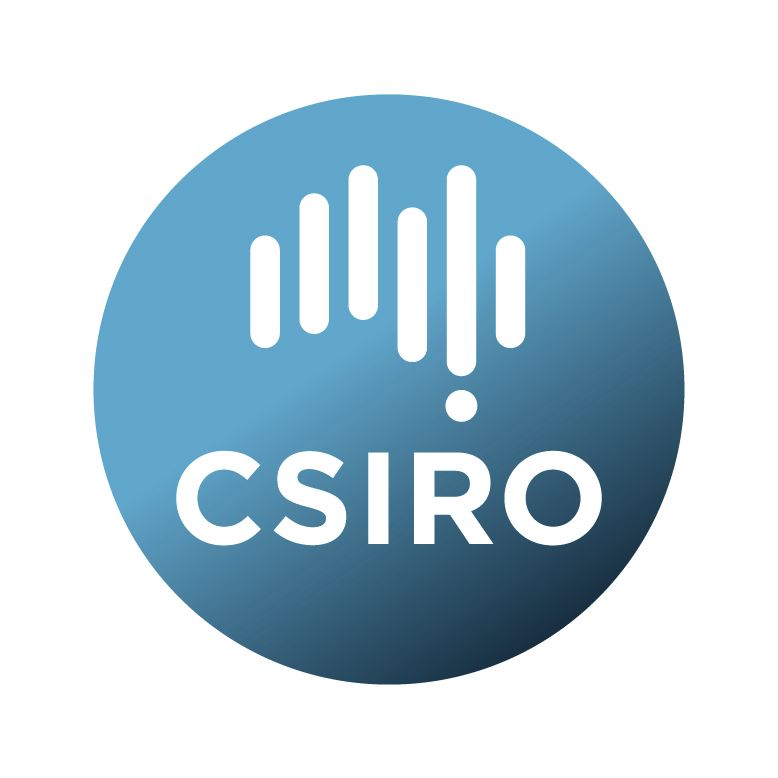Brief description
Model key points are statistically thinned data points that represent the main changes in a sampled surface. The Key Points are classified with code 8 in the LiDAR point classification scheme. Advantages in their use are significant reductions in data volume and reductions in data noise. There are disadvantages in using this data as has been a loss small features which may be potentially significant for certain applications. eg hydrologyLineage: Fugro Spatial Solutions (FSS) were awarded a contract by Geoscience Australia to carry out an Aerial LiDAR Survey over the Kakadu National Park. The data will be used to examine the potential impacts of climate change and sea level rise on the West Alligator, South Alligator, East Alligator River systems and other minor areas.
The project area was flight planned using parameters as specified. A FSS aircraft and aircrew were mobilised to site and the project area was captured using a Leica ALS60 system positioned using a DGPS base-station at Darwin airport. The Darwin base-station was positioned by DGPS observations from local control stations. A ground control survey was carried out by FSS surveyors to determine ground positions and heights for control and check points throughout the area. All data was returned to FSS office in Perth and processed. The deliverable datasets were generated and supplied to Geoscience Australia with this metadata information.
NEDF Metadata
Acquisition Start Date: Saturday, 22 October 2011
Acquisition End Date: Wednesday, 16 November 2011
Sensor: LiDAR
Device Name: Leica ALS60 (S/N: 6145)
Flying Height (AGL): 1409
INS/IMU Used: uIRS-56024477
Number of Runs: 468
Number of Cross Runs: 28
Swath Width: 997
Flight Direction: Non-Cardinal
Swath (side) Overlap: 20
Horizontal Datum: GDA94
Vertical Datum: AHD71
Map Projection: MGA53
Description of Aerotriangulation Process Used: Not Applicable
Description of Rectification Process Used: Not Applicable
Spatial Accuracy Horizontal: 0.8
Spatial Accuracy Vertical: 0.3
Average Point Spacing (per/sqm): 2
Laser Return Types: 4 pulses (1st 2nd 3rd 4th and intensity)
Data Thinning: None
Laser Footprint Size: 0.32
Calibration certification (Manufacturer/Cert. Company): Leica
Limitations of the Data: To project specification
Surface Type: Various
Product Type: Other
Classification Type: C0
Grid Resolution: 2
Distribution Format: Other
Processing/Derivation Lineage: Capture, Geodetic Validation
WMS: Not Applicable?
Available: 2014-12-02
Data time period: 2011-10-21 to 2012-06-30
Subjects
Biosecurity Science and Invasive Species Ecology |
Climate Change |
Climate and Weather: Ecology |
Climate Change Processes |
Climate Change Science |
Earth Sciences |
Engineering |
Environmental Sciences |
Ecological Applications |
Ecosystem |
Geomatic Engineering |
LIDAR |
Surveying (Incl. Hydrographic Surveying) |
Water salinity |
elevation model |
wetlands |
User Contributed Tags
Login to tag this record with meaningful keywords to make it easier to discover


